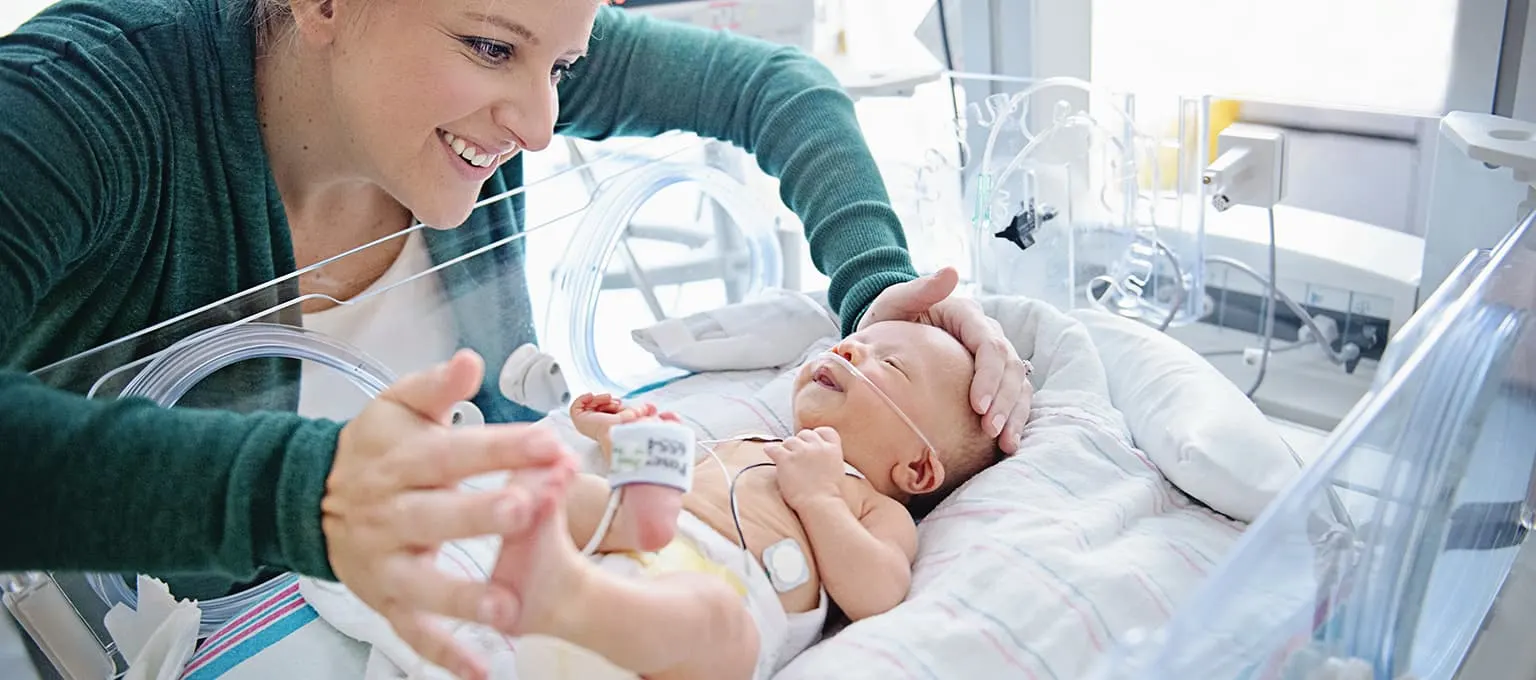The share of babies being born prematurely in the U.S. is on the rise.
A recent report from the Centers for Disease Control and Prevention (CDC) found that the preterm birth rate went up 12 percent between 2014 and 2022.
Doctors are not entirely sure what is driving the increase, but multiple factors are likely playing a part, according to Dr. Manisha Gandhi, chair of the American College of Obstetricians and Gynecologists Clinical Practice Guidelines Committee. She said factors impacting both pregnant people and their environments should be considered.
There are numerous risk factors for preterm delivery, or when a baby is born before 37 weeks of gestation, according to the National Institutes of Health.
These include having diabetes or high blood pressure or being underweight or obese before or during pregnancy.
“We are seeing more patients with obesity, higher risks for hypertension or preeclampsia … seeing more diabetes,” said Gandhi. “Potentially some of those risk factors that lead to earlier delivery could be playing a role.”
The CDC calculates that about 11 percent of the adult population of the U.S. — or roughly 38 million people — now has either type 1 or type 2 diabetes.
And the rate of gestational diabetes appears to be rising.
One 2022 study from the CDC found that the rate shot up by 30 percent between 2016 and 2020.
The share of people experiencing high blood pressure during pregnancy is also on the rise. A 2022 review by the National Heart, Lung and Blood Institute (NHLB) found that women born in the 1990s and 2000s were twice as likely to have a hypertensive disorder during pregnancy as women born in the 1950s.
About 8 percent of people giving birth experience a pregnancy complication related to high blood pressure, according to the NHLB.
Psychosocial or environmental factors could be playing a role as well, according to Gandhi.
Potentially contributing environmental factors include lack of healthcare during pregnancy, physical abuse, general stress and exposure to pollution, according to the CDC.
Another possible factor, as one researcher found, is exposure to chemicals found in common plastic products.
A study recently published in the journal Lancet Planetary Health shows that exposure to phthalates, chemicals frequently used to make plastic flexible, caused between 5 to 10 percent of preterm births in 2018.
Phthalates also go by the nickname “everywhere chemicals” because of their abundance in plastic products. These “everywhere chemicals” can be found in children’s toys, vinyl floors, packaging and shampoo.
The chemicals are hormone disruptors that can impact how a developing fetus grows and how the placenta functions during pregnancy, according to New York University Langone Hospital’s Leonardo Trasande, lead author of the study.
The American Chemistry Council told The Hill that the study does not show adverse consequences and that “establishing association does not equal establishing a causal relationship.”
Exposure to air pollution has also been identified by some researchers as a possible cause of some preterm births.
Trasande, who heads NYU’s Center for Environmental Hazards, also published a study linking air pollution to such births. The 2016 study found that a little over 3 percent of births in 2010 could be attributed to air pollution, specifically PM2.5 particles. PM2.5, also known as soot, is particulate matter less than 2.5 microns across.
“An increasing amount of those particles actually are from plastics,” Trasande told The Hill. “So, there actually is some connection between the older findings and the newer findings.”
Other sources of toxic air pollution that have been linked to preterm birth are smoke from forest fires, industrial activity and the burning of fossil fuels.
A 2021 study found that air pollution likely contributed to 6 million premature births and about 3 million babies being born underweight in 2019.
Earlier this year, Human Rights Watch released a report finding that pregnant women living in a heavily industrialized strip of Louisiana are more than twice as likely to give birth preterm than the national average.
The doctors who spoke with The Hill stressed that more research is needed to fully understand what is causing the change in preterm birth rates.
“I think that we just don’t know right now and these aren’t things that we should presume to know,” said Gandhi.




